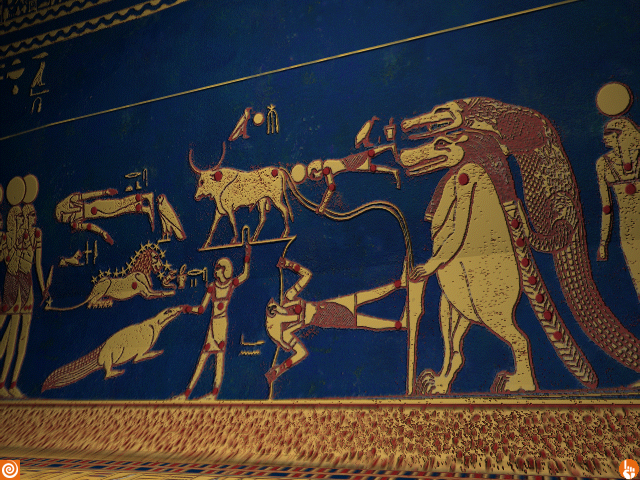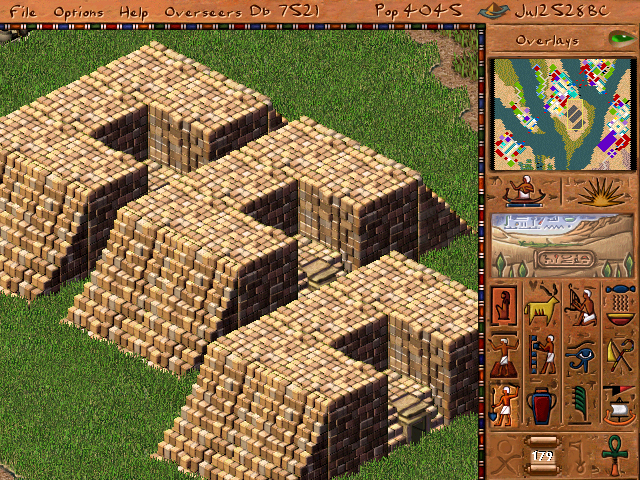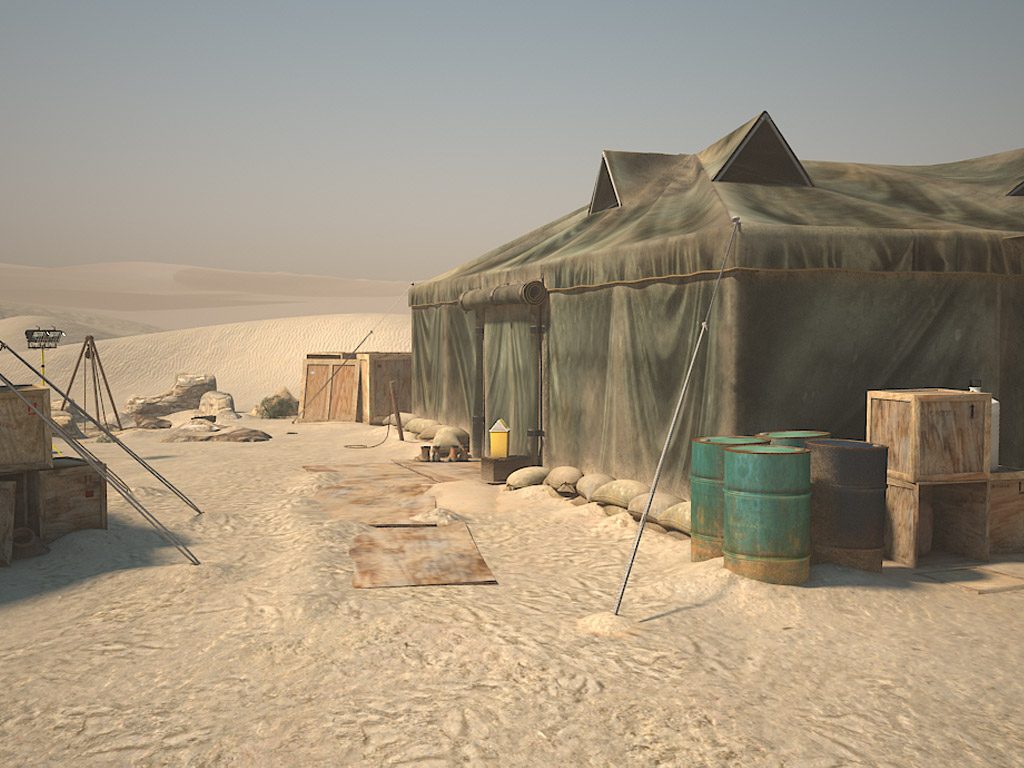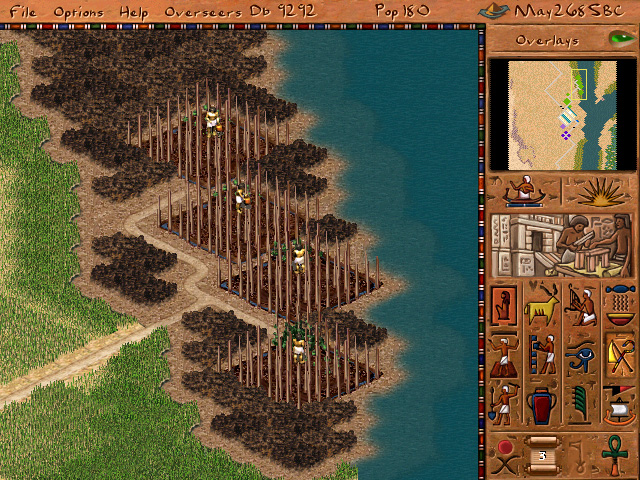Digital Egyptology news can now be followed at my website https://digitalegyptology.org/
Good news: researching video games in the context of archaeology is a thing now! It’s called ‘archaeogaming’ and covers everything from the digging up of actual video games (think of the Atari video game burial) to the digitally ‘excavating’ of code inside an old computer game, the use of archaeological methods to approach video games, and the use of video games for archaeological purposes. For instance, several conferences and workshops are being organized in Leiden by the Value Project, ‘an academic research group exploring the intersections of archaeology and video games’. They have also published a book of conference proceedings (The Interactive Past) that can be downloaded for free. I am mostly interested in the representation of archaeology and ancient cultures in video games, and the use of these games to present essentially academic content in an interactive (‘playful’) way to the public. Also, it’s a fun way to release the inner nerd.
In the good old nineties and early noughties, there was a series of 3D adventure games centered around ancient Egypt that I have discussed in an earlier blog post. The first of these (Egypt 1156 B.C.: Tomb of the Pharaoh, 1999) I kindly borrowed from my math teacher in secondary school. It was a lovely thing called ‘edutainment’, set in 20th dynasty Thebes. In it, the protagonist was given three days to prove the innocence of his father who was being accused of involvement in robbing the tomb of Seti I in the Valley of the Kings. The first thing you did was happily descend into the tomb carrying a torch and dropping dead in a shaft after a couple of meters, because you had forgotten to bring a plank. The game was based on historical places and events and involved real (French) Egyptologists in the making of it. The reconstruction of the tomb of Seti I itself (pretty at the time, extremely pixelated obviously now) was so keen that when I finally visited the tomb last February, and the power went off for a moment immersing us all in darkness, I could find my way easily because I knew the 3D environment inside out. The player also gains access to the village of Deir el-Medina (with lots of pretty red doors), an embalmer’s workshop, a nobleman’s tomb, a nobleman’s house and the temple of Karnak by night (with lots of bloody columns that all look the same). This game and its successor (Egypt II: The Heliopolis Prophecy, 2000), made me a sucker for 3D reconstructions and adventure games.

The astronomical ceiling of Seti I, 1999-style
Another game I started in 1999 but never found the time and persistence to finish is Pharaoh, a city-building game by Sierra Entertainment. In it, you advance through the different time periods of Egyptian history (to be honest I’m still stuck in the Old Kingdom), building cities and using different methods of subsistence, trade and monument-building. It is a strategy game with a great number of variables to take into account, from the unemployment rate of your citizens (make sure there are enough jobs but not too many, or services fail and houses devolve) to the contentment of the gods (build temples and throw festivals) and your popularity in the kingdom (send gifts to pharaoh and grant requests from other cities). So far it is quite true to history and the availability of resources at certain sites. You build mastabas at Saqqara, pyramids and a sphinx at Giza and a sun temple at Abusir. You mine copper in Timna (good for making weapons) and harvest papyrus in the delta, turning it into valuable papyrus which is needed for schools and libraries. Commodities that cannot be produced need to be traded. Houses can evolve into larger and statelier dwellings, but the inhabitants require access to increasingly luxurious goods and services (pottery, beer, linen, religion, education, etc.). Plagues can strike (killing inhabitants), hippos can attack ships (sinking them) and the annual Nile inundation can fail, leaving the land unfertilized and yielding less crops. A lot of skilled planning is required, as well as a lot of trial and error. There is a particular mission where you spend hours building a pyramid, but if you fail to appease pharaoh he will send his army to destroy your entire city. What is most fun (and archaeological) about this game is the production chain that is required to attain certain goods, in combination with the available terrain (from the wet delta to the barren desert), natural resources and trade routes. Also, monument-building can be lovely (although sometimes tedious), from the bent pyramid at Dahshur to rock-cut tombs in the New Kingdom and the Great Library of Alexandria in the add-on game Cleopatra. Similar city-building games exist for ancient Rome (Caesar III, 1998 and IV, 2006), Greece (Zeus, 2000) and China (Emperor, 2002). There is a successor to Pharaoh called Children of the Nile (2004). Many of these games can be found either on Steam or GOG.

Did I mention I like mastabas?
Then there are games set in the modern age in which you play an archaeologist uncovering an ancient site or mystery. I’m not discussing the Tomb Raider series at this point, but see for example the unfortunately no longer updated Archaeology of Tomb Raider website and the entertaining History & Geography in Tomb Raider videos. It is interesting to note that while games set in ancient Egypt can try to be accurate in some ways or other, games featuring (modern) archaeology are often far from realistic. In Nancy Drew: Tomb of the Lost Queen (2012) our never aging detective (don’t you hate the word ‘sleuth’?) visits a dig site near Cairo where strange accidents are happening. While Nancy disentangles the various motives of the (annoying) team members present on the site, she performs some light Egyptological tasks, such as sorting amulets and puzzling together papyrus fragments. Unfortunately, reading hieroglyphs is simply done by clicking on an inscription with a dictionary. Also, the artwork inside the tomb (which should be that of Nefertari) is a fanciful collection of random Egyptian scenes, with only a few motifs derived from the actual tomb of Nefertari. Also, Nefertari’s tomb is of course not located 100 km from Cairo, but in the Valley of the Queens in Luxor… It is clear that the story is not set in an archaeologically accurate setting, but (ancient) Egypt is only used as an intriguing decor.

Every excavation site needs at least a couple of oil drums
How cool would it be to have a game that has an actual archaeological site as its setting, that lets the player be involved in the interpretation of finds, using sound archaeological methods? Would that really be so boring? Perhaps not if game-like elements were included (the solving of puzzles, the collecting of objects or clues). It would simply be an enhanced form of public outreach, rather than a linear narrative on paper or a spoken lecture. Using photogrammetry as the basis for 3D models, and open source software for 3D modeling and adding a game engine, this wouldn’t even have to be such a costly affair. It might be good if game developers start talking to archaeologists and Egyptologists, and vice versa, if Egyptologists and archaeologists start developing their own games.
